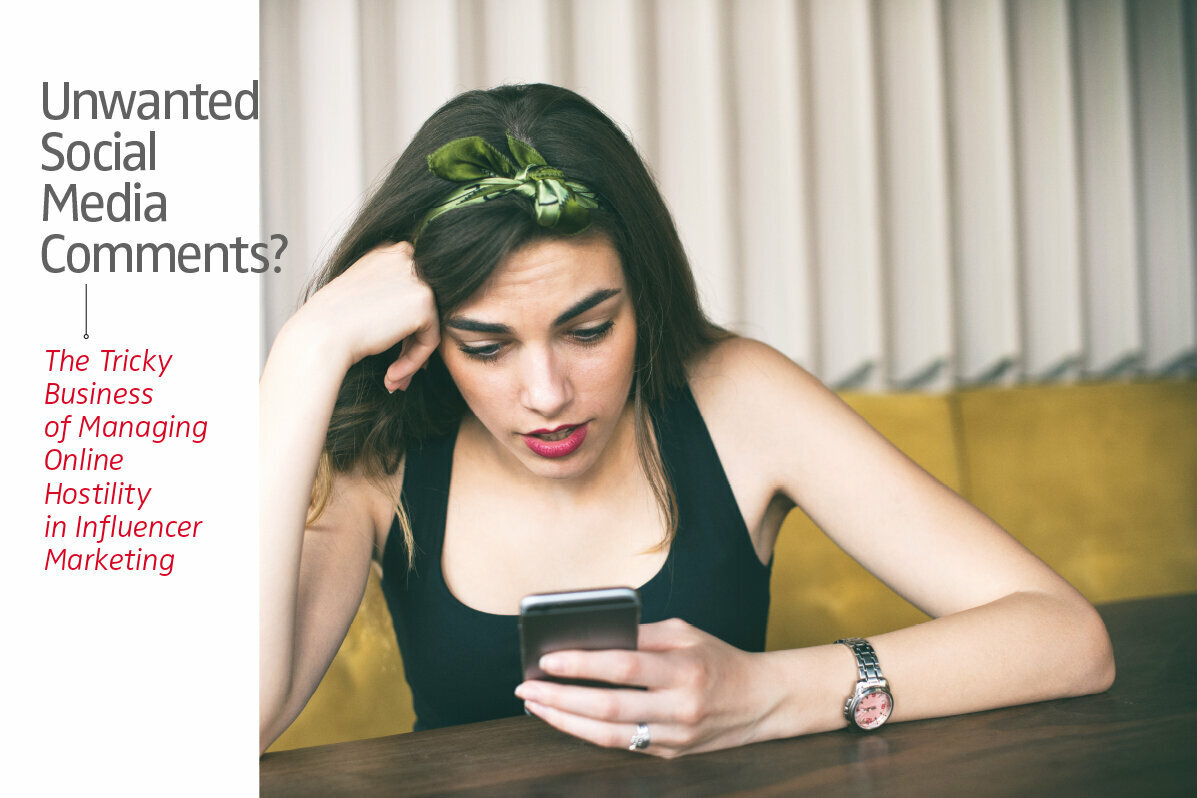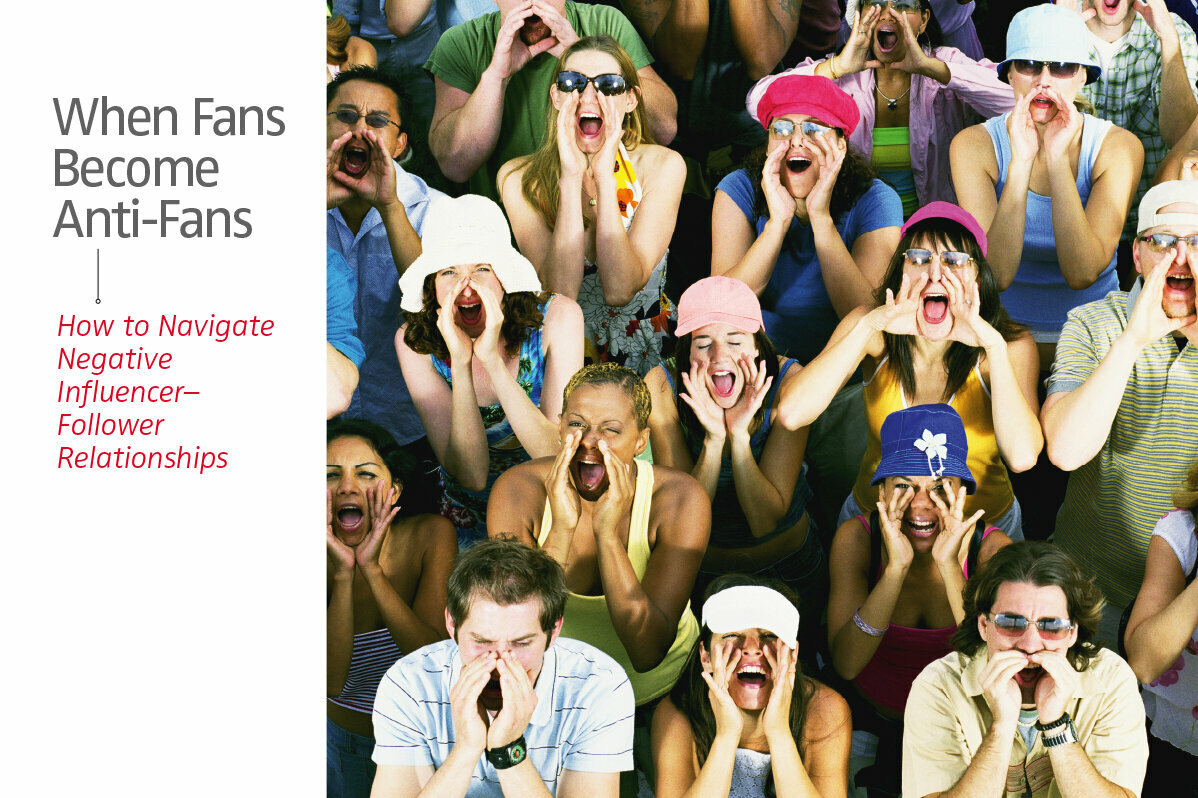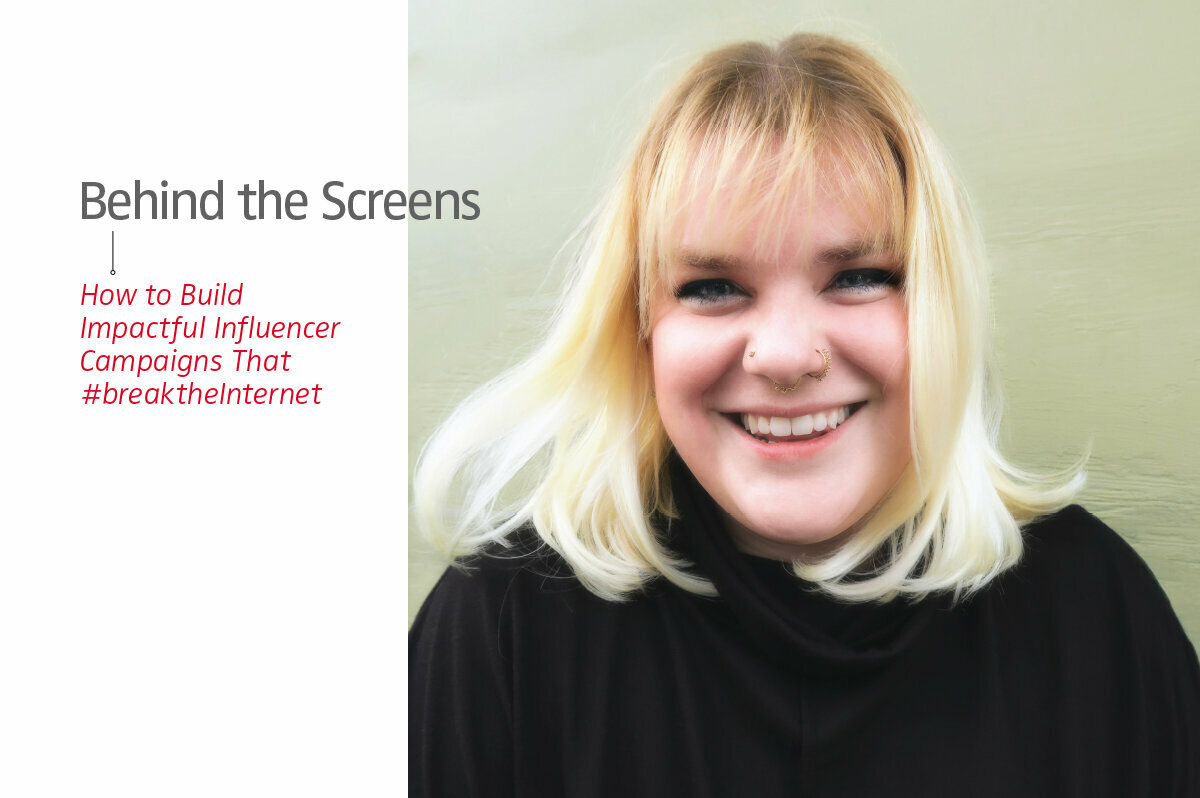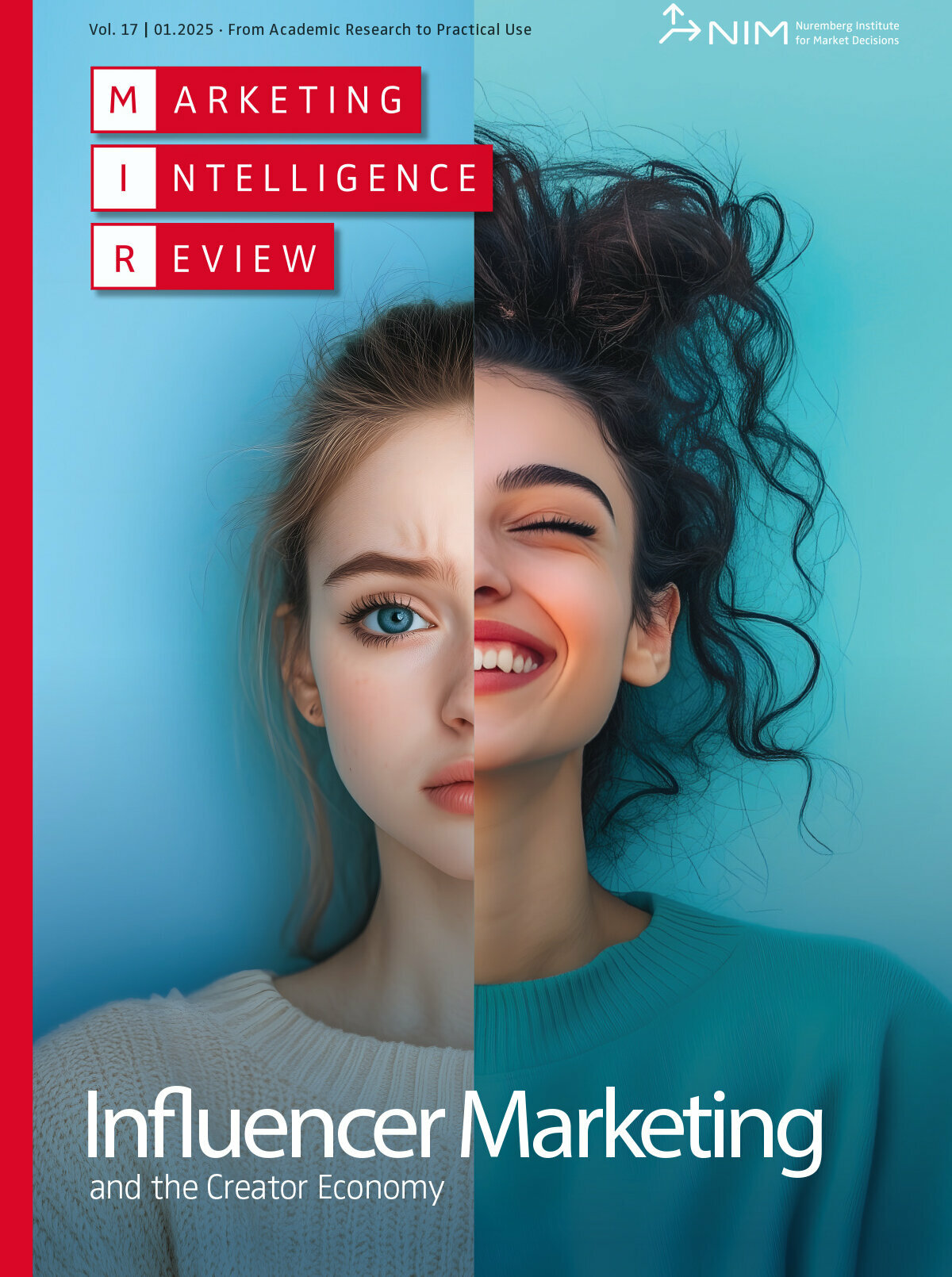Designing Influence: How Cartoonish and Humanlike Characters Shape Consumer Decisions
Virtual influencers have become a growing phenomenon in the digital marketing landscape, blending artificial intelligence with social media to create compelling online personas. Approximately 300 virtual influencers are active on Instagram alone. The digital creations range from hyper-realistic humanlike avatars to more stylized cartoonish characters. One of the most well-known humanlike virtual influencers is Lil Miquela, who has amassed about 2.5 million followers on Instagram and collaborated with major brands like Prada and Calvin Klein. On the more cartoonish side, Any Malu, a popular Brazilian virtual influencer and Cartoon Network star is known for her fully animated, virtual YouTuber presence. With almost four million YouTube subscribers and a significant following across social media platforms, she brings a unique blend of humor and animation to her audience. These digital personas are not limited by geographical boundaries. Whether humanlike or cartoonish, these virtual influencers are known for their fashion collaborations, product endorsements and ability to connect with audiences through carefully crafted personalities and storylines.
Design challenges of virtual characters
Driven by advancements in AI and computer graphics, these digital personas are reshaping customer interactions, enabling highly customized, humanlike experiences across digital platforms. They can exist in any form—robots, animals, cartoon figures, human avatars or even aliens—and are tailored with specific personalities that emulate human traits, behaviors and interactions. This freedom allows content creators and brands to explore virtually limitless possibilities, but it also demands careful design choices to align a character’s appearance with the intended personality of an influencer or brand objectives. We investigate how the design of a virtual character can impact consumer reactions (see Box 1).
Arguments in favor of humanlike versus cartoonish personas
The impact of human likeness in virtual characters has long been debated. The Computers Are Social Actors theory posits that consumers respond more positively to humanlike virtual characters, leading to increased trust, a stronger sense of social presence and higher purchase intentions. Research shows that people feel more connected with humanlike virtual agents, which can positively affect customer attitudes, trust and loyalty. However, the Uncanny Valley theory warns that hyper-realistic virtual personas can also trigger discomfort. Studies highlight consumer responses to humanlike characters, where realism often evokes negativity and criticism. Some consumers, especially those unfamiliar with virtual characters, may experience unease or even aversion toward humanlike digital characters. This response underlines the complexity of design decisions, as creators or brands need to balance consumer comfort with the character’s intended impact.
Virtual characters drive product engagement across designs
Our research shows that both cartoonish and realistic virtual influencers and advisors effectively boosted product engagement. In every scenario, participants purchased significantly more items recommended by virtual characters than would be expected by chance alone. However, the design of the character influenced consumer attitudes and behaviors differently depending on their role and context, highlighting the nuanced impact of character style on user engagement and purchase decisions.
Both cartoonish and realistic virtual influencers and advisors effectively boosted product engagement.
Character design decisions for virtual influencers make a difference
In the realm of virtual influencers, character design proved pivotal. The cartoonish virtual influencer consistently outperformed its humanlike counterpart. It was perceived as more humanlike: Participants found it more expressive, lifelike and equipped with an engaging personality and emotional depth that captivated them (captured in the feature “mental human likeness” in Figure 2). The cartoon style not only reduced feelings of eeriness but also enhanced the perceived storytelling quality, leading to stronger relationships, higher satisfaction and greater liking. Consequently, users were more likely to purchase products recommended by the cartoonish influencer and more actively engaged with it on social media.
Eeriness emerged as a critical factor in conversion rates. The cartoon-style influencer, by eliciting less eeriness, achieved significantly higher conversion, especially among users unfamiliar with virtual influencers. For those with prior experience, however, perceptions of eeriness were similar for both cartoonish and humanlike influencers. As virtual influencers become more prevalent, the distinction between reactions to different styles is expected to lessen, potentially narrowing the impact of character design on user comfort and conversion.
Chances and challenges of virtual characters for marketing managers, consumers and society
Our research indicates that virtual characters significantly influence consumer purchasing decisions, with character design playing a crucial role depending on the context. The insights gained from our study equip content creators, brand managers, consumers and society as a whole with insights needed to make informed decisions regarding the use and engagement of virtual characters.
> Creators and brand managers: Align character design with communication goals
Virtual influencers benefit from cartoonish designs that enhance emotional appeal and avoid eeriness, while virtual advisors are effective with either style, with a focus on functionality. Managers should strategically align character design with specific campaign goals, considering audience familiarity with virtual personas, as those less accustomed may react more sensitively to hyper-realistic designs. Regular assessment of virtual character impact on its audience and on brand perception and iterative adjustments can help sustain engagement and avoid consumer fatigue.
> Consumers: Strengthen your digital literacy to navigate virtual influence
As virtual characters become more common, consumers need to build digital literacy to critically assess these entities’ influence in their lives. Understanding that virtual characters are crafted to evoke emotional connections empowers consumers to make informed choices. By recognizing how these characters shape preferences and purchasing behaviors, consumers can maintain agency in their decisions. Education and information promoting transparency in virtual marketing can further help consumers distinguish between genuine recommendations and curated digital influence, fostering healthier engagement with digital media.
> Society as a whole: Build ethical standards and broadly discuss the social impact of virtual characters
This study highlights the urgent need for ethical guidelines and industry standards regarding virtual characters. These digital personas can blur the lines between reality and virtuality, potentially harming identity, self-esteem and social norms. Their ability to mimic hyper-realistic human traits raises concerns about authenticity and the unrealistic standards they may impose on younger audiences. Society would benefit from frameworks promoting transparency about the artificial nature of these characters. Additionally, discussions on their psychological and cultural impact can help mitigate negative effects, such as unrealistic ideals and overreliance on virtual interactions. Balancing the benefits of virtual characters with responsible practices is essential to ensuring their positive influence in digital marketing while protecting consumer well-being and cultural integrity.
As virtual influencers are fast becoming a cornerstone in the influencer marketing landscape, creators as well as brand managers need to learn more about their potential. The freedom to tailor specific personalities opens new possibilities, but it also demands careful design choices and the monitoring of effects on different levels.
FURTHER READINGS
Kaiser, C., Manewitsch, V., Schallner, R., & Fenne, E. (2024). Personality over looks: The impact of virtual influencer design on brand engagement and purchase decisions. 15. Wissenschaftliche Tagung des ADM, der ASI und des Statistischen Bundesam- tes, Wiesbaden.
Kaiser, C., Manewitsch, V., & Schallner, R. (2024). The human factor in virtual influence: Decoding the role of human-like traits in digital characters on shaping consumer choices and brand engagement. NIM Insights 2024/2.


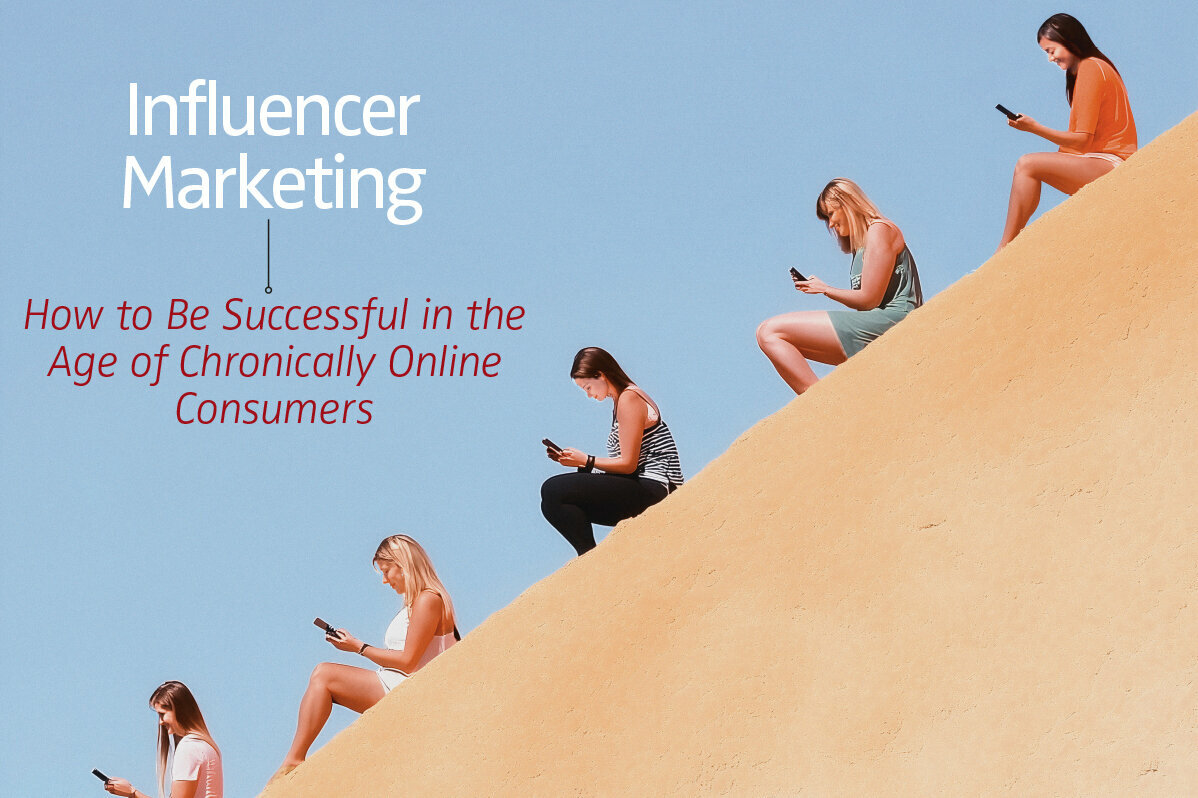
![[Translate to English:] Cover Reosengren ea deutsch](/fileadmin/_processed_/4/8/csm_Startbild_Rosengren_17_1_DE_62e08de5ba.jpg)
